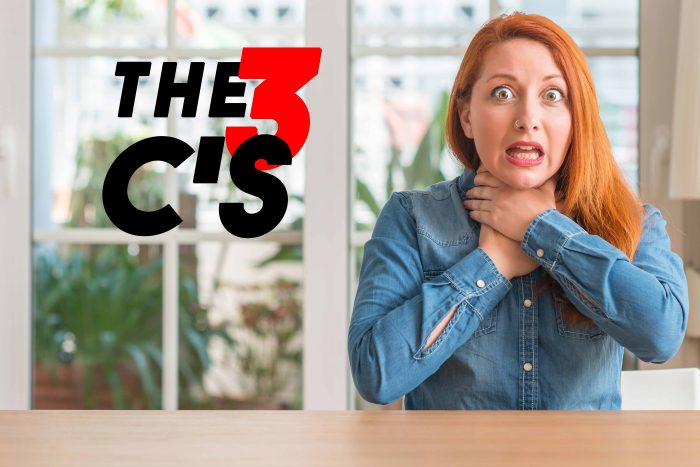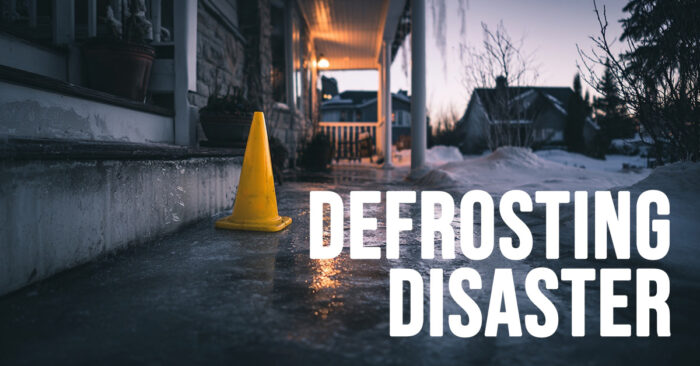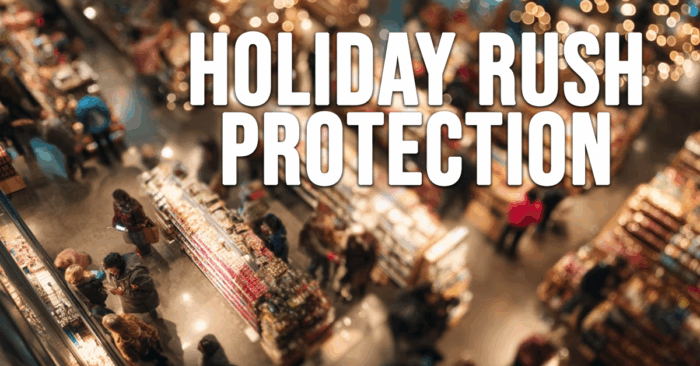The Three C’s

The Three C’s
I still remember that day in sixth grade when roughly fifty children sat in the cafeteria, chattering excitedly, mouths full of mini corn-dogs and smiley-face-shaped french fries. Suddenly, there was coughing in the distance. The children seated at the lunch table went silent, afraid, and watched the boy’s face turn pale. The teachers on supervision duty knew that when the room went this quiet, something had to be seriously wrong. Before we knew it, our health teacher (who had a second job as a mortician) sprinted towards him, lifted him up off the chair and performed the heimlich maneuver. After a couple abdominal thrusts, the boy gasped for air as a potato smiley shot out of his mouth. As the entire room was immobilized by fear, our health teacher was calm and prepared. Thankfully, the teacher became the boy’s hero before she had to become his mortician.
What’s the moral of the story? Being prepared makes you calm in the face of an emergency. Also, my health teacher was a very interesting lady.
No matter where you are or what you’re doing, there is always a chance that an emergency involving another’s person’s health could arise. Choking, fainting, a violent assault–whatever the incident may be, your immediate response could help save the person’s life. Know what to do when you are faced with a crisis.
Thanks to Zywave, and Adam’s Safety Training, I was able to find basic steps to take in emergency situations. The steps are called:
The Three C’s
Check. Skim the area around you for any potential hazards, such as oncoming traffic or fire. It is crucial to ensure your own safety when assisting the victim. Once you’ve checked the safety of the area, check the condition and the responsiveness of the victim. Check for signs such as: is the victim bleeding? Is the victim breathing? Is he/she conscious? Does he/she have a pulse?
Call. At this point, it is crucial to the victim’s life that you call emergency services immediately. Be prepared to quickly recite all the important details of the incident, such as:
- The victim’s physical condition
- Description of the incident
- The exact location of the incident
Care. While you wait for medical emergency services, the first-responder will give you any additional care instructions. Monitor the victim’s breathing. If necessary and with proper certification, perform CPR on the victim.
Before performing The Three C’s, it’s essential that you take a deep breath and remember to remain calm. This is the valuable lesson I learned from my health teacher: the combination of preparedness and being calm could save a life in an emergency.
Do you have questions about your insurance? Find an insurance agent near you with our Agent Finder
Search All Blogs
Search All Blogs
Read More Blogs
Customizing Cold Protection: Essential Auto Insurance Endorsements for Winter Driving
Standard coverage isn’t enough for winter. Learn about Gap, OEM, and specialized endorsements to fully protect your vehicle and costly winter accessories.
Defrosting Disaster: The Costly Liability of Ice, Water, and Frozen Sidewalks in December
Frozen sidewalks, overflowing sumps: A December guide to home insurance liability and water damage coverage, and how to avoid costly claims.
Tinsel and Tropes: A Cozy Look at Why Classic Christmas Movie Moments Endure
From Zuzu’s petals to the leg lamp: Dive into the nostalgic tropes and timeless comfort of our favorite classic Christmas films.
The Silent Season: Securing Inventory and Operations During Christmas and Year-End Closures
Closing the shop for the holidays? Key business insurance checks for protecting vacant property and high-value inventory from theft and winter damage.
The Most Sustainable Gift: Life Insurance and the Value of Income Continuation Planning
Life insurance ensures the Christmas cheer continues. Practical tips on using income continuation math to calculate the right term policy size for your family.
From Home to Holiday: Securing Your Christmas Road Trip Auto Coverage Checklist
Heading over the river and through the woods? Your Christmas road trip needs an auto insurance checkup, focusing on roadside assistance and UIM coverage.
The Fire Under the Fir: Insuring Against Christmas Tree Calamity and Holiday Fire Risk
Don’t let a dried-out tree ruin Christmas. Essential home insurance tips for fire safety, electrical risk, and candle liability during the holiday season.
Cozying Up: Embracing the Danish Art of Hygge for a Stress-Free December
Banish the December chaos! A simple guide to adopting Hygge—the Danish concept of cozy contentment—for a truly joyful holiday season.
Tinsel, Traffic, and Transactions: Insuring Your Business Against December’s Holiday Rush Risks
Don’t let the holiday rush expose your business. A guide to essential commercial insurance coverages for increased sales, foot traffic, and cyber threats in December.
The Ultimate December Gift: Why Life Insurance is the Most Important Present You’ll Ever Give
Forget the gadgets; life insurance is the real gift of security. A timely look at protecting your family’s future during the season of giving.










